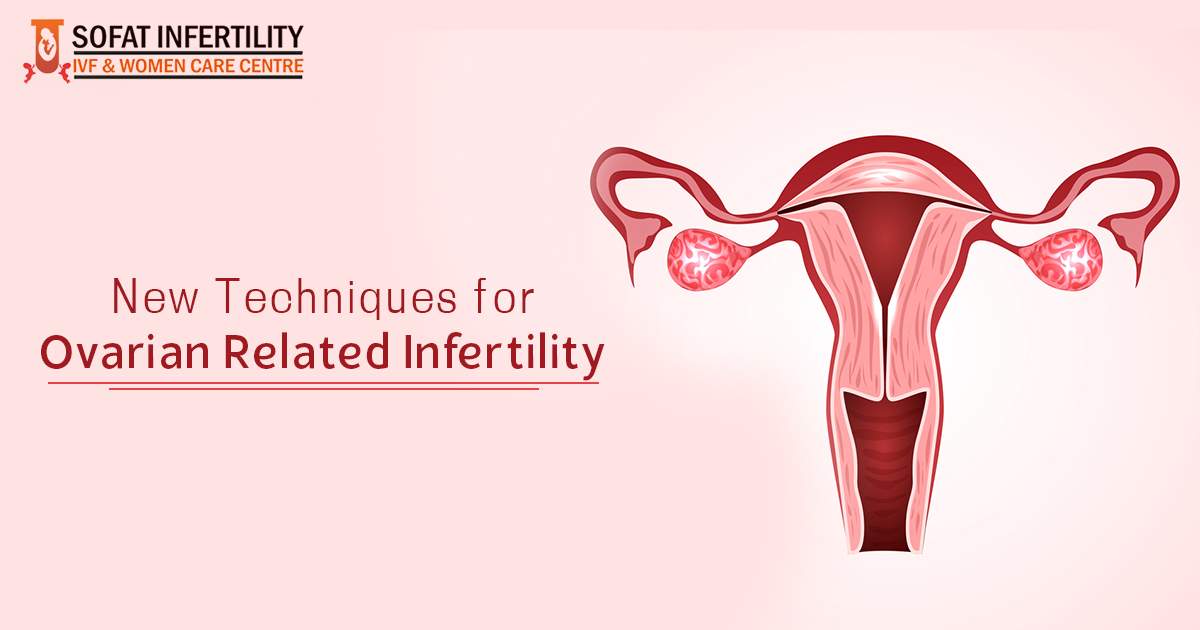Sofat Infertility & Women Care Centre Research: We have often come across the term IVF Treatment. It refers to in vitro fertilization which is a technique used by infertile couples to have a test tube baby. Test tube baby in India is possible through the medical intervention by a fertility clinic. However, the technique is not able to help if the female suffers from primary ovarian insufficiency (POI) or has attained menopause.
Primary Ovarian Insufficiency (POI):
It is the condition in which a woman’s ovaries stop functioning before the woman is 40 years old. Women experience a reduction in their fertility after they attain the age of 40. She usually starts getting irregular periods due to the approaching menopause. In some cases, the condition may occur as early as a teenage. In the case of POI, the woman may have periods occasionally and even become pregnant. While menopause is natural phenomena, the cause of POI is unknown in most cases.
IVA Procedure:
In this procedure, the surgeon aims to revive the fertility of the woman by extracting and treating her ovarian tissue. It is used in the case of women with primary ovarian insufficiency (POI). It involves the removal of one ovary through laparoscopic surgery. The ovary is then dissected and cut into small cubical structures. These structures are cultured in a medicated medium which activates the dormant follicles. The cubes are kept in the solution for two days after which they are transplanted beneath the membrane of the fallopian tube through laparoscopy. The tissue can also be cryopreserved if the patient wishes to have it implanted later in the future or doesn’t feel ready for surgery too soon.
The follicles are observed closely after transplantation through regular ultrasound monitoring. The hormone levels are also checked alongside for 10-12 months. In case the follicles are found to be growing, they are stimulated using hormonal injections. The suitable oocytes are then picked up and used for fertilization in a method quite similar to IVF. The fertilized eggs are cultured and kept frozen for future use
Success rate:
Out of 51 patients in whom the IVA was carried out, 29.4 % showed follicular development. 4 of them reported the pregnancy. In all the cases, the combined approach of fragmentation and activation was used through two laparoscopies.
Conclusion:
IVA can help in achieving success in getting pregnant. The comparatively new technique gives a new ray of hope to the infertile couples.







